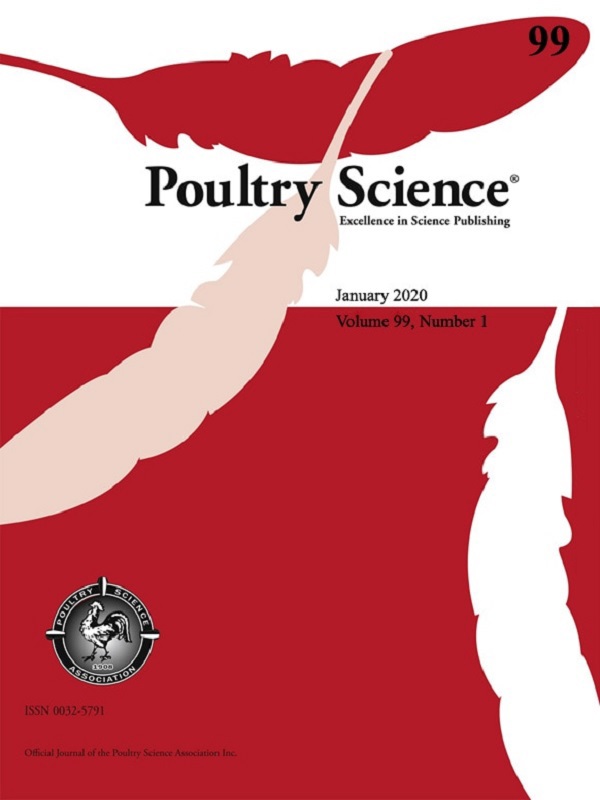
Tocopherol more bioavailable than tocopheryl-acetate as a source of vitamin E for broilers
- Poultry
- Broilers
- 2022
- Open Access
Samuel Benítez Puñal, Jet Huijser, Stefaan De Smet

Abstract
Vitamin E is typically supplied in the form of tocopheryl-acetate (T-Ac) since tocopherol (T) has stability issues. Tocopheryl-acetate, however, must be hydrolyzed in the intestines before it can be absorbed, a step that is purportedly rate-limiting for its bioavailability. The objective of this study was to compare the efficiency of absorption of T-Ac and T in broilers. In addition, two test procedures were evaluated in which animals received the test substances for either 2 or 4 days only. Animals were adapted to diets without supplemental vitamin E (feedstuffs contributed 14±1 ppm natural vitamin E (RRR-tocopherol)) till the age of 25 d (individual housing) or 28 d (group housing). Subsequently, they were fed T-Ac at 80, 53, 36, 24, or 16 ppm or T at 80, 40, 20, 10, or 5 ppm for a period of 4 d (4-di) or 2 d (2-dg), after which serum and liver were collected for analysis of vitamin E. Measured feed vitamin E levels were used for the data analysis; the recovery of T-Ac was 85%, and that of T was 39%. Both test procedures (2 or 4 days) yielded good quality data. Based on linear regression analysis, the relative efficiency with which T-Ac raised tissue levels as compared to T was 0.24 (2-dg) to 0.37 (4-di), with liver and serum yielding similar results. Analysis using more complex dose response models imply that the hydrolysis of T-Ac was strongly dose-dependent and that it could be saturated at doses above approximately 50 ppm in animals only briefly fed T-Ac; for T there was no evidence of saturation. These data imply that T, provided that stable forms can be developed, has the potential to be much more efficient at providing vitamin E to the animal, and on top, can yield much higher tissue levels, than T-Ac.

